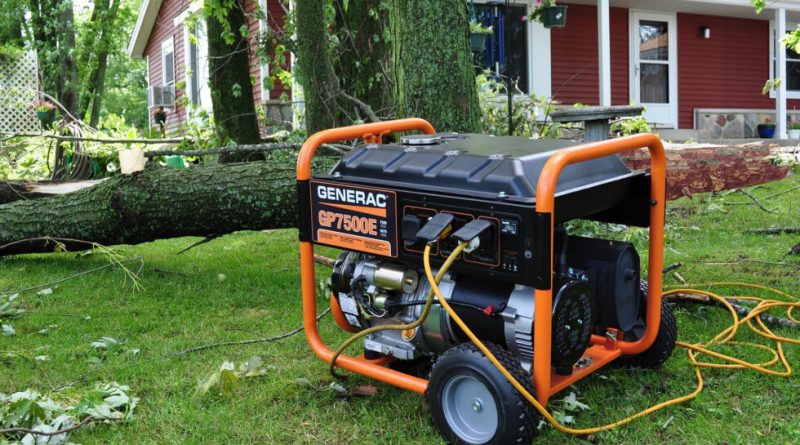Why Are Electric Generators Used?
Electric generators are devices that turn kinetic energy into electricity. They function by moving an electrical conductor through a magnetic field. They can be rechargeable, and they are particularly useful in industries that don’t have access to grid power. A rechargeable battery is one type of electric generator. But, why are they used? Read on to find out more. Here are some of their uses. – For industrial purposes:
Electric Generators Convert Kinetic Energy into Electricity
To produce electricity, a machine must convert kinetic energy into electrical current. In order to do so, it must be attached to an electrical circuit, and generators are the most common methods of generating electricity. This article looks at the different types of generators, as well as the ways in which they work. If you’re interested in using one of these devices, read on to discover more about them. You can even use kinetic energy to produce electricity with a battery!
Various technologies have been developed to create kinetic energy from moving objects. The heel-strike generator, for example, harvests power from walking by using 20 stacked layers of dielectric elastomers. When the heel strikes the material, the compression is transferred to the elastomer films, which stretch and create an electrical current. The device can produce around 0.8 joules per step, and a single unit of this device can charge a cell phone battery in just over two hours.
They Work by Moving an Electrical Conductor in a Magnetic Field
Electric generators use magnets to produce electricity. The movement of electrons in a conducting coil in a changing magnetic field causes the wire to rotate, producing an electrical current. This mechanical energy is transferred through a generator’s alternator, which turns a copper coil wrapped around an iron core. It connects to a shaft powered by an external source, such as an engine that runs on fuel.
Electrons are loosely held in a metal’s atoms, so the movement of the wire in a magnetic field will pull the electrons away from one atom and push them toward the next. Because copper has 27 electrons, the magnetic field will push the last two electrons into the next atom. This movement of electrons will produce an electrical flow. This flow is what turns an electrical generator on.
They are Used in Industries Where Grid Supply is not Possible
Industrial generators are used to provide backup power when the local grid fails. These units can also be used as a primary source of power in remote locations. They can provide electricity to farming operations, mining operations, and new developments. The most common industrial use of generators is in the mining industry. It is important to understand the benefits of industrial generators. Here are a few. Listed below are some of the most common applications for industrial generators.
They Can Run on a Rechargeable Battery
Electric generators are electromagnetic devices that convert ordinary energy into electrical energy. They use alternating current to create electrical energy. Most generators run on AC power, which is more efficient and reliable. However, the AC generators cannot be connected directly to a battery. That’s why modern cars are equipped with alternators, which rectify the output before feeding it to the battery. An electric generator should produce more joules per second than the input to be considered effective.
The most basic generator produces a direct current. This is a reliable form of electricity, but it can be a hassle to recharge. In fact, many people prefer to run their electric generators on rechargeable batteries. But how do you recharge them? Here are some tips:

